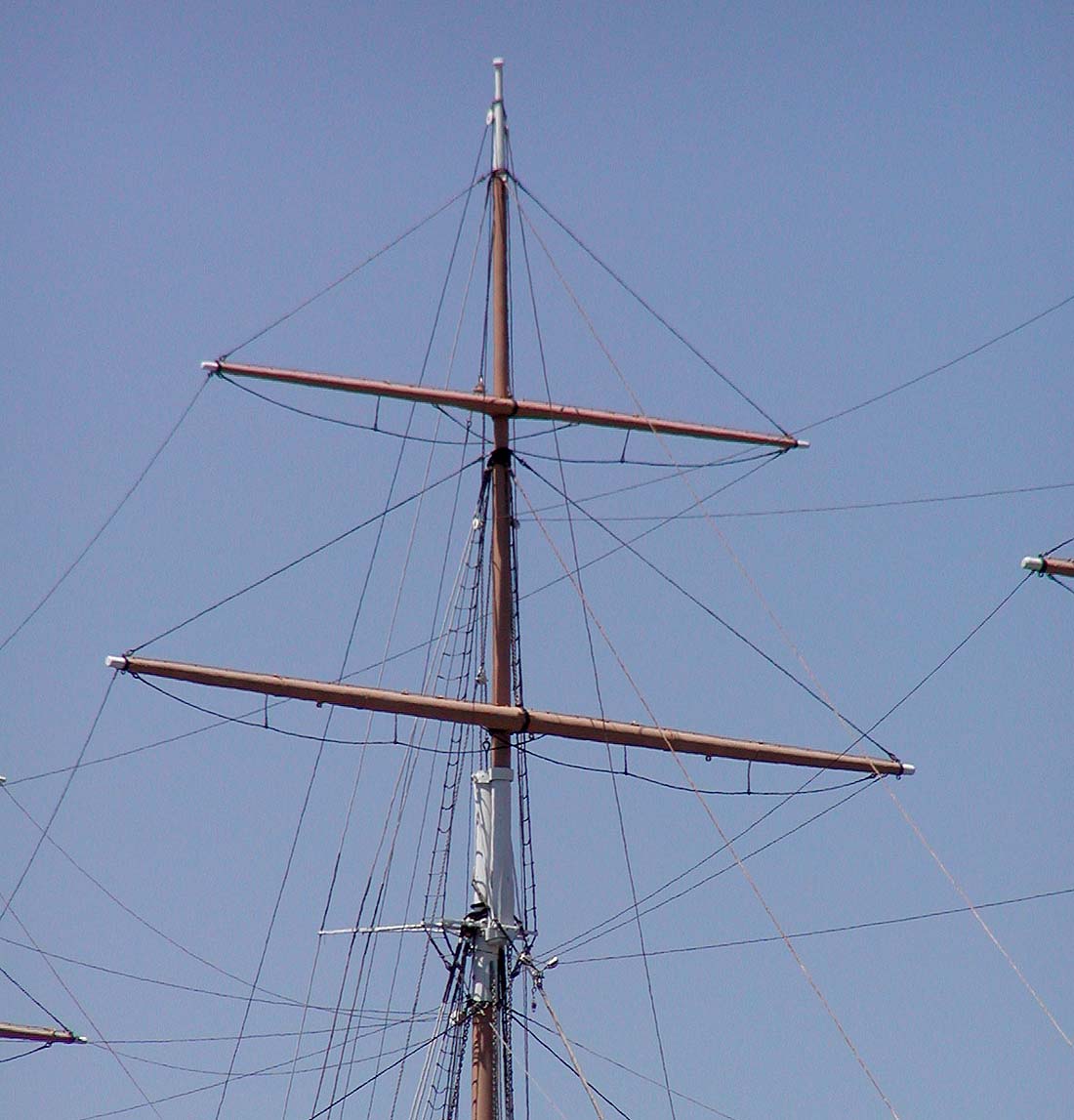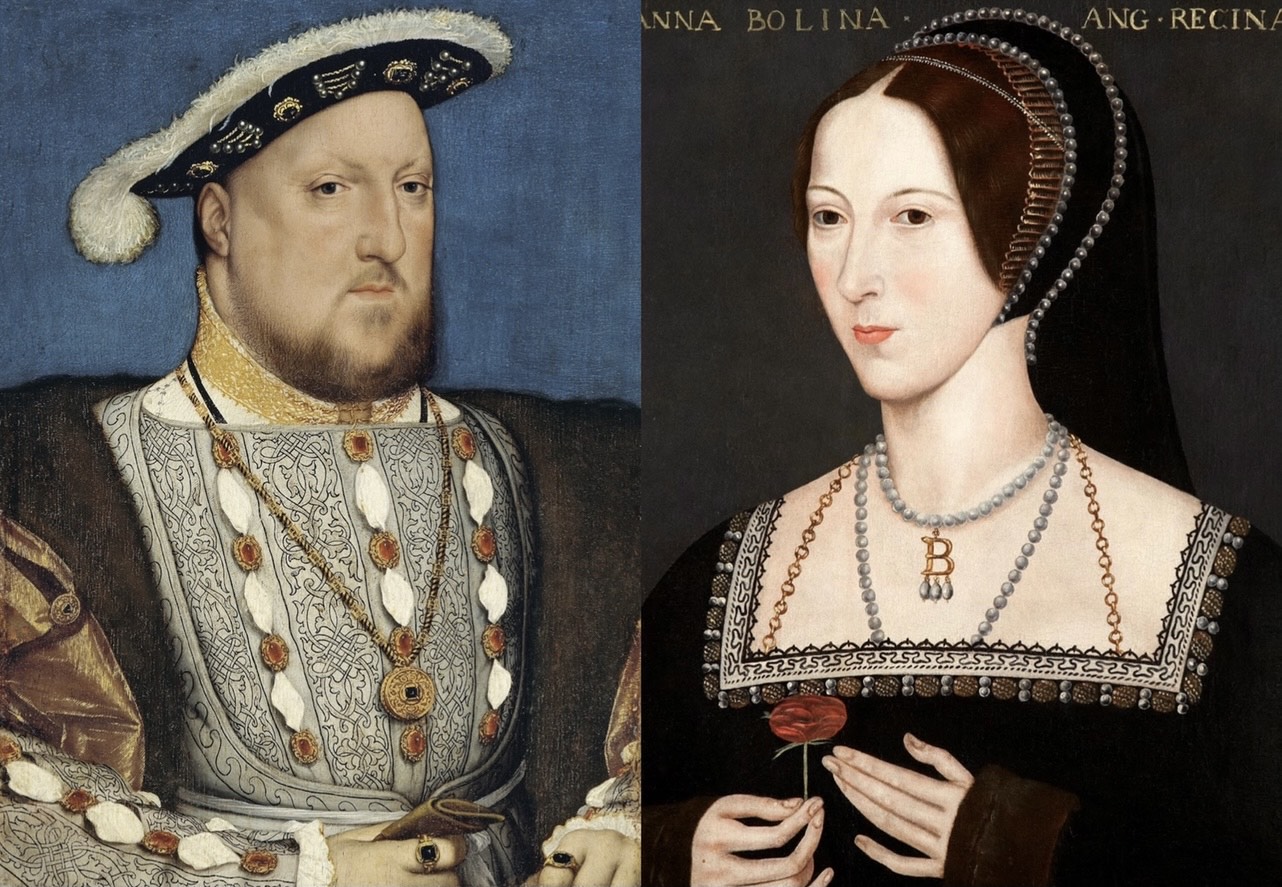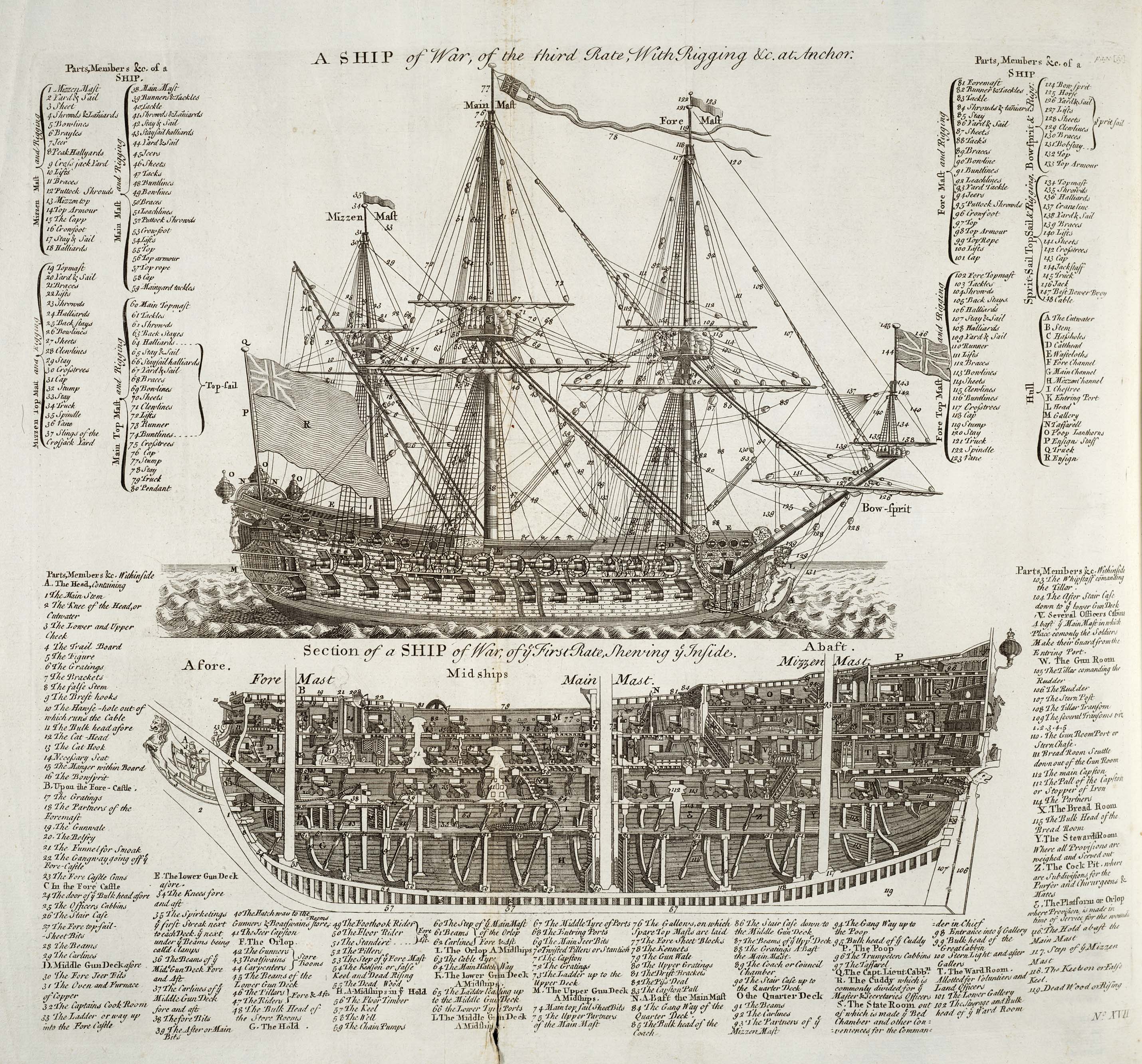|
Cromster
The Crommesteven or cromsteven, often as crompster, cromster or crumster (from ''crom'' = bent, concave; ''steven'' = stem) was a type of small warship used by the Dutch Republic and later by the British fleets during the sixteenth and seventeenth centuries. It was designed for work inshore on the shoal Netherlands coast and was a ketch, spritsail rigged on the main, and lateen on the small mizzen. As a class of vessel, it was represented in England by the hoy. When Queen Elizabeth I died in 1603, her navy was reported to consist of 31 great ships, including galleons and crompsters, though crommestevens were considerably smaller than galleons.Corbett, Julian Stafford: ''The successors of Drake'', London : Longmans, Green 1900. p. 411 For its size, it was heavily armed and capable of influencing events ashore, in which respect it played a part in the Spanish Armada The Spanish Armada (often known as Invincible Armada, or the Enterprise of England, ) was a Spanish fleet tha ... [...More Info...] [...Related Items...] OR: [Wikipedia] [Google] [Baidu] |
Hoy (boat)
A hoy is a small Gaff rig, gaff-rigged coasting ship or a heavy barge used for freight, usually with a burthen of about 60 tons (Builder's Old Measurement, bm). The word derives from the Middle Dutch ''hoey''. In 1495, one of the Paston Letters included the phrase, ''An hoye of Dorderycht'' (a hoy of Dordrecht), in such a way as to indicate that such contact was then no more than mildly unusual. The English term was first used on the Dutch Heude-ships that entered service with the Royal Navy. Evolution and use Over time the hoy evolved in terms of its design and use. In the fifteenth century a hoy might be a small spritsail-rigged warship like a cromster. Like the earlier forms of the French chaloupe, it could be a heavy and unseaworthy harbour boat or a small coastal sailing vessel (latterly, the chaloupe was a pulling Cutter (ship), cutter – nowadays motorized). In the sixteenth century, Roger Williams (soldier), Sir Roger Williams considered that a combination of mano ... [...More Info...] [...Related Items...] OR: [Wikipedia] [Google] [Baidu] |
Warship
A warship or combatant ship is a naval ship that is used for naval warfare. Usually they belong to the navy branch of the armed forces of a nation, though they have also been operated by individuals, cooperatives and corporations. As well as being armed, warships are designed to withstand damage and are typically faster and more maneuverable than merchant ships. Unlike a merchant ship, which carries cargo, a warship typically carries only weapons, ammunition and supplies for its crew. In wartime, the distinction between warships and merchant ships is often blurred. Until the 17th century it was common for merchant ships to be pressed into naval service, and not unusual for more than half of a Naval fleet, fleet to be composed of merchant ships—there was not a large difference in construction, unlike the difference between a heavily armoured battleship and an ocean liner. Until the threat of piracy subsided in the 19th century, it was normal practice to arm larger merchant sh ... [...More Info...] [...Related Items...] OR: [Wikipedia] [Google] [Baidu] |
Dutch Republic
The United Provinces of the Netherlands, commonly referred to in historiography as the Dutch Republic, was a confederation that existed from 1579 until the Batavian Revolution in 1795. It was a predecessor state of the present-day Netherlands and the first independent Dutch people, Dutch nation state. The republic was established after seven Dutch provinces in the Spanish Netherlands Dutch Revolt, revolted against Spanish Empire, Spanish rule, forming a mutual alliance against Spain in 1579 (the Union of Utrecht) and declaring their independence in 1581 (the Act of Abjuration). The seven provinces it comprised were Lordship of Groningen, Groningen (present-day Groningen (province), Groningen), Lordship of Frisia, Frisia (present-day Friesland), Lordship of Overijssel, Overijssel (present-day Overijssel), Duchy of Guelders, Guelders (present-day Gelderland), lordship of Utrecht, Utrecht (present-day Utrecht (province), Utrecht), county of Holland, Holland (present-day North Holla ... [...More Info...] [...Related Items...] OR: [Wikipedia] [Google] [Baidu] |
Netherlands
, Terminology of the Low Countries, informally Holland, is a country in Northwestern Europe, with Caribbean Netherlands, overseas territories in the Caribbean. It is the largest of the four constituent countries of the Kingdom of the Netherlands. The Netherlands consists of Provinces of the Netherlands, twelve provinces; it borders Germany to the east and Belgium to the south, with a North Sea coastline to the north and west. It shares Maritime boundary, maritime borders with the United Kingdom, Germany, and Belgium. The official language is Dutch language, Dutch, with West Frisian language, West Frisian as a secondary official language in the province of Friesland. Dutch, English_language, English, and Papiamento are official in the Caribbean Netherlands, Caribbean territories. The people who are from the Netherlands is often referred to as Dutch people, Dutch Ethnicity, Ethnicity group, not to be confused by the language. ''Netherlands'' literally means "lower countries" i ... [...More Info...] [...Related Items...] OR: [Wikipedia] [Google] [Baidu] |
Ketch
A ketch is a two- masted sailboat whose mainmast is taller than the mizzen mast (or aft-mast), and whose mizzen mast is stepped forward of the rudder post. The mizzen mast stepped forward of the rudder post is what distinguishes the ketch from a yawl, which has its mizzen mast stepped aft of its rudder post. In the 19th and 20th centuries, ketch rigs were often employed on larger yachts and working watercraft, but ketches are also used as smaller working watercraft as short as 15 feet, or as small cruising boats, such as Bill Hanna's Tahiti ketches or L. Francis Herreshoff's Rozinante and H-28. History The name ketch is derived from ''catch''. The ketch's main mast is usually stepped further forward than the position found on a sloop. The sail plan of a ketch is similar to that of a yawl, on which the mizzen mast is smaller and set further back. There are versions of the ketch rig that only have a mainsail and a mizzen, in which case they are referred to as ''cat ketch' ... [...More Info...] [...Related Items...] OR: [Wikipedia] [Google] [Baidu] |
Spritsail
The spritsail is a four-sided, fore-and-aft sail that is supported at its highest points by the mast and a diagonally running spar known as the sprit. The foot of the sail can be stretched by a boom or held loose-footed just by its sheets. A spritsail has four corners: the throat, peak, clew, and tack. The Spritsail can also be used to describe a rig that uses a spritsail. Historically, spritsails were the first European fore-and-aft rigs, appearing in Greco-Roman navigation in the 2nd century BC. The rig The luff of the sail is bound to the mast, but unlike the gaff rig where the head is bound to a spar, this rig supports the leech of the sail by means of a diagonal spar or spars named a sprit ( ). The forward end of the sprit spar is attached to the mast, with the after end of the sprit spar attached to the peak. The sprit is steadied and controlled from the deck by a pair of wire vangs ( ) attached to the peak of the sail. It is said to be the ancestor of the ... [...More Info...] [...Related Items...] OR: [Wikipedia] [Google] [Baidu] |
Mast (sailing)
The mast of a sailing vessel is a tall spar, or arrangement of spars, erected more or less vertically on the median line of a ship or boat. Its purposes include carrying sails, spars, and derricks, giving necessary height to a navigation light, look-out position, signal yard, control position, radio aerial, or signal lamp. Large ships have several masts, with the size and configuration depending on the style of ship. Nearly all sailing masts are guyed. Until the mid-19th century, all vessels' masts were made of wood formed from a single or several pieces of timber which typically consisted of the trunk of a conifer tree. From the 16th century, vessels were often built of a size requiring masts taller and thicker than from single tree trunks. On these larger vessels, to achieve the required height, the masts were built from up to four sections (also called masts). From lowest to highest, these were called: lower, top, topgallant, and royal masts. Giving the lower section ... [...More Info...] [...Related Items...] OR: [Wikipedia] [Google] [Baidu] |
Lateen
A lateen (from French ''latine'', meaning "Latin") or latin-rig is a triangular sail set on a long Yard (sailing) , yard mounted at an angle on the mast (sailing) , mast, and running in a fore-and-aft direction. The Settee (sail), settee can be considered to be an associated type of the same overall category of sail. The lateen originated in the Mediterranean as early as the 2nd century AD, during Roman times, and became common there by the 5th century. The wider introduction of lateen rig at this time coincided with a reduction in the use of the Mediterranean square rig of the classical era. Since the performance of these two rigs is broadly similar, it is suggested that the change from one to the other was on cost grounds, since lateen rigs used fewer components and had less cordage to be replaced when it wore out. Arabs , Arab seafarers adopted the lateen rig at a later datethere is some limited archaeological evidence of lateen rig in the Indian Ocean in the 13th century AD ... [...More Info...] [...Related Items...] OR: [Wikipedia] [Google] [Baidu] |
England
England is a Countries of the United Kingdom, country that is part of the United Kingdom. It is located on the island of Great Britain, of which it covers about 62%, and List of islands of England, more than 100 smaller adjacent islands. It shares Anglo-Scottish border, a land border with Scotland to the north and England–Wales border, another land border with Wales to the west, and is otherwise surrounded by the North Sea to the east, the English Channel to the south, the Celtic Sea to the south-west, and the Irish Sea to the west. Continental Europe lies to the south-east, and Ireland to the west. At the 2021 United Kingdom census, 2021 census, the population was 56,490,048. London is both List of urban areas in the United Kingdom, the largest city and the Capital city, capital. The area now called England was first inhabited by modern humans during the Upper Paleolithic. It takes its name from the Angles (tribe), Angles, a Germanic peoples, Germanic tribe who settled du ... [...More Info...] [...Related Items...] OR: [Wikipedia] [Google] [Baidu] |
Elizabeth I
Elizabeth I (7 September 153324 March 1603) was List of English monarchs, Queen of England and List of Irish monarchs, Ireland from 17 November 1558 until her death in 1603. She was the last and longest reigning monarch of the House of Tudor. Her eventful reign, and its effect on history and culture, gave name to the Elizabethan era. Elizabeth was the only surviving child of Henry VIII and his second wife, Anne Boleyn. When Elizabeth was two years old, her parents' marriage was annulled, her mother was executed, and Elizabeth was declared royal bastard, illegitimate. Henry Third Succession Act 1543, restored her to the line of succession when she was 10. After Henry's death in 1547, Elizabeth's younger half-brother Edward VI ruled until his own death in 1553, bequeathing the crown to a Protestant cousin, Lady Jane Grey, and ignoring the claims of his two half-sisters, Mary I of England, Mary and Elizabeth, despite statutes to the contrary. Edward's will was quickly set aside ... [...More Info...] [...Related Items...] OR: [Wikipedia] [Google] [Baidu] |
Great Ship
The rating system of the Royal Navy and its predecessors was used by the Royal Navy between the beginning of the 17th century and the middle of the 19th century to categorise sailing warships, initially classing them according to their assigned complement of men, and later according to the number of their carriage-mounted guns. The rating system of the Royal Navy formally came to an end in the late 19th century by declaration of the Admiralty; rating ships by the number of guns had become obsolete with new types of gun, the introduction of steam propulsion and the use of iron and steel armour. Origins and description The first movement towards a English naval rating system began in the early 16th century, when the largest carracks in the Tudor navy, such as ''Mary Rose'', ''Peter Pomegranate'' and '' Henry Grace à Dieu'', were denoted as "great ships". This was due only to their size, not to their weight, crew or number of guns. When these carracks were superseded by gal ... [...More Info...] [...Related Items...] OR: [Wikipedia] [Google] [Baidu] |
Galleon
Galleons were large, multi-decked sailing ships developed in Spain and Portugal. They were first used as armed cargo carriers by Europe, Europeans from the 16th to 18th centuries during the Age of Sail, and they were the principal vessels drafted for use as Warship, warships until the Anglo-Dutch Wars of the mid-17th century. Galleons generally carried three or more masts with a lateen fore-and-aft rig on the rear masts, were Carvel (boat building), carvel built with a prominent squared off raised stern, and used square-rigged sail plans on their fore-mast and Mast (sailing), main-masts. Such ships played a major role in commerce in the sixteenth and seventeenth centuries and were often drafted into use as auxiliary naval war vessels—indeed, they were the mainstay of contending fleets through most of the 150 years of the Age of Exploration—before the Anglo-Dutch wars made purpose-built warships dominant at sea during the remainder of the Age of Sail. Terminology The word ... [...More Info...] [...Related Items...] OR: [Wikipedia] [Google] [Baidu] |









